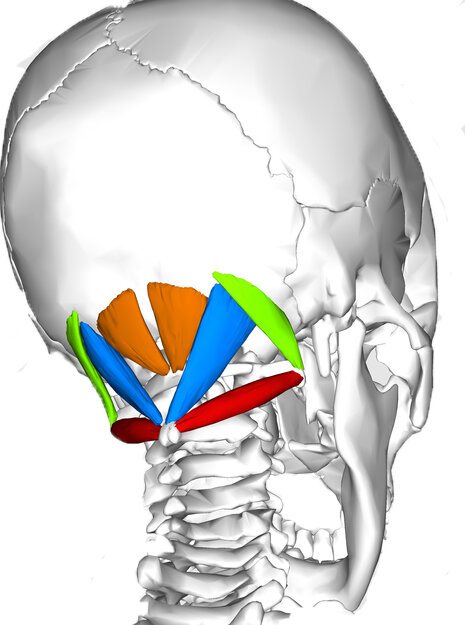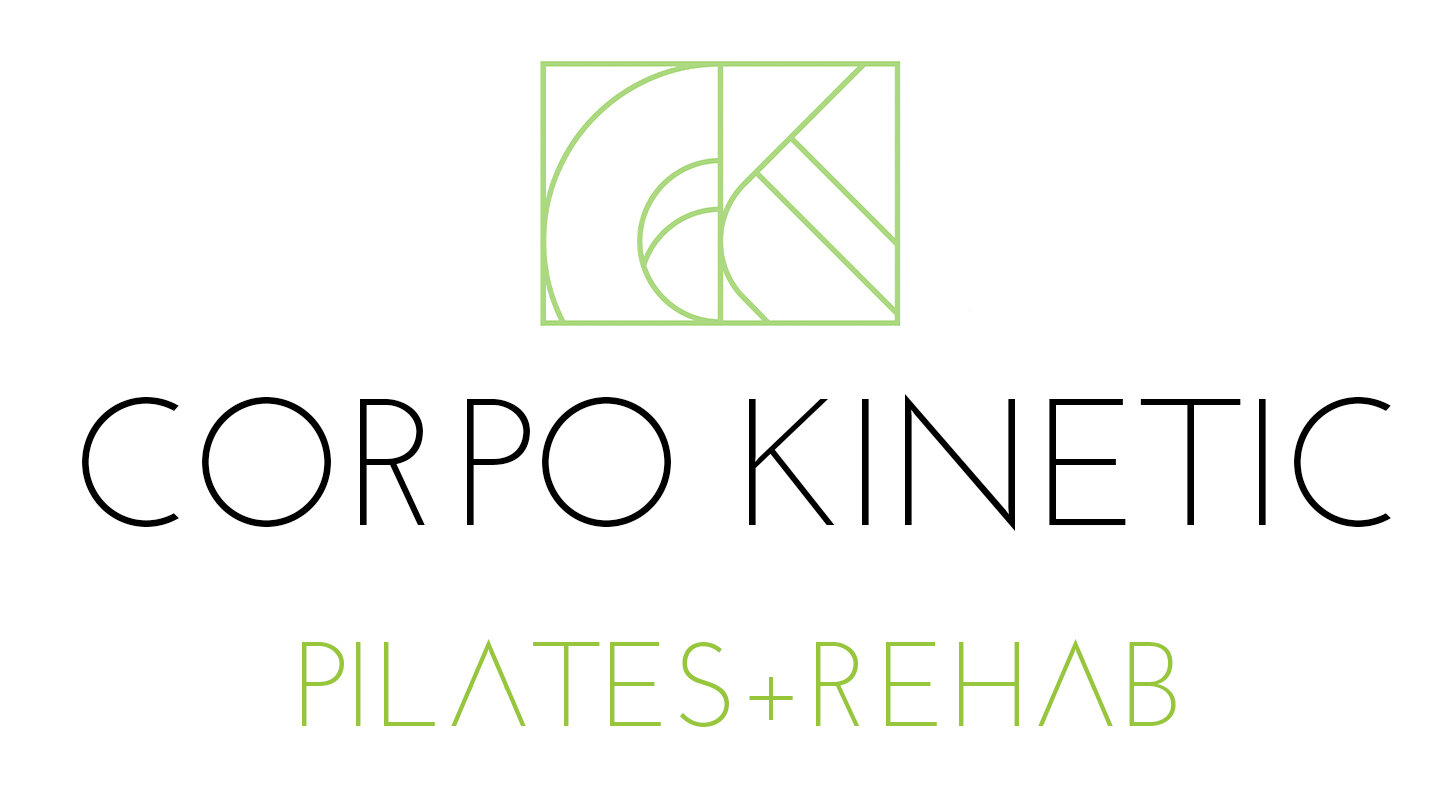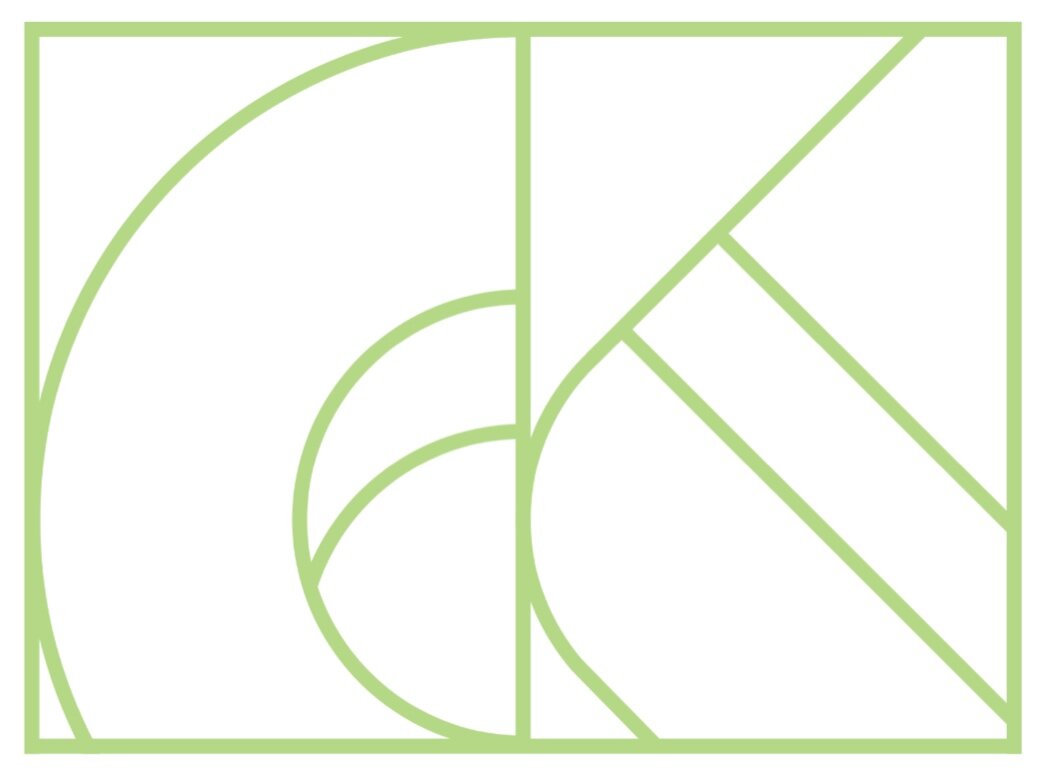
Blog

Anatomy Moment: The Suboccipital Muscles
The suboccipital muscles are a group of eight tiny muscles - four on the right, four on the left - that attach the skull to the first and second vertebrae in the neck. Anatomical terms can give us a host of information about muscle shape or location, and, in some cases, function. Let’s explore what the suboccipital muscle names tells us…

Your Neck Has a “Core” Too! What is the Longus Colli?
In this month’s blog we’ll dive deeper into the neck & cervical spine: what optimal alignment looks like, what happens when we come out of alignment, and how to realign and strengthen the neck.
Our neck is responsible for moving our head around for us to see and interact with the world. It also serves the vital function of protecting our throat, windpipe, and the blood vessels that supply the brain. If you think about all the super important jobs our neck does, no wonder it occasionally feels tired! It, like the rest of our body, needs a strong core of support.

How Your Pelvis Moves Your Neck
If you’ve been following our blog the last couple of months, you’ve seen how we work with computer posture in the neck and upper back, and how we work with tight hips and lower backs from sitting. And this month I’d like to let you in on a little secret: it’s all connected. The position of your pelvis will influence the position of your upper back and neck, and visa versa.

How Do We Counter Computer Poster?
Have you found yourself at a computer lately? Thank goodness for technology’s ability to keep us connected, but if you’re feeling an achy upper back, tight shoulders, neck stiffness, or maybe even a headache - you may be feeling the effects of “computer posture.” As we look at the computer for hours on end, our head tends to creep forward, shoulders round, chest sink, and upper back hunch. These postural changes are often exaggerated when sitting, because the position of our pelvis impacts the position of our upper backs and necks. We’ve been calling this position “computer posture” in class as most people instinctively understand the meaning. However, it has an official term: Upper Crossed Syndrome.

Modifications for common injuries - Part II
I was listening to Katy Bowman’s podcast over at Nutritious Movement, and loved her advice to someone who wanted to keep moving her body, but had plantar fasciitis (a painful inflammation of the fascia on the bottoms of the feet). With plantar fasciitis, she couldn’t keep up her usual walking. Katy’s advice? Get down on the floor! Roll around! There are so many other body parts you can move, move those!

